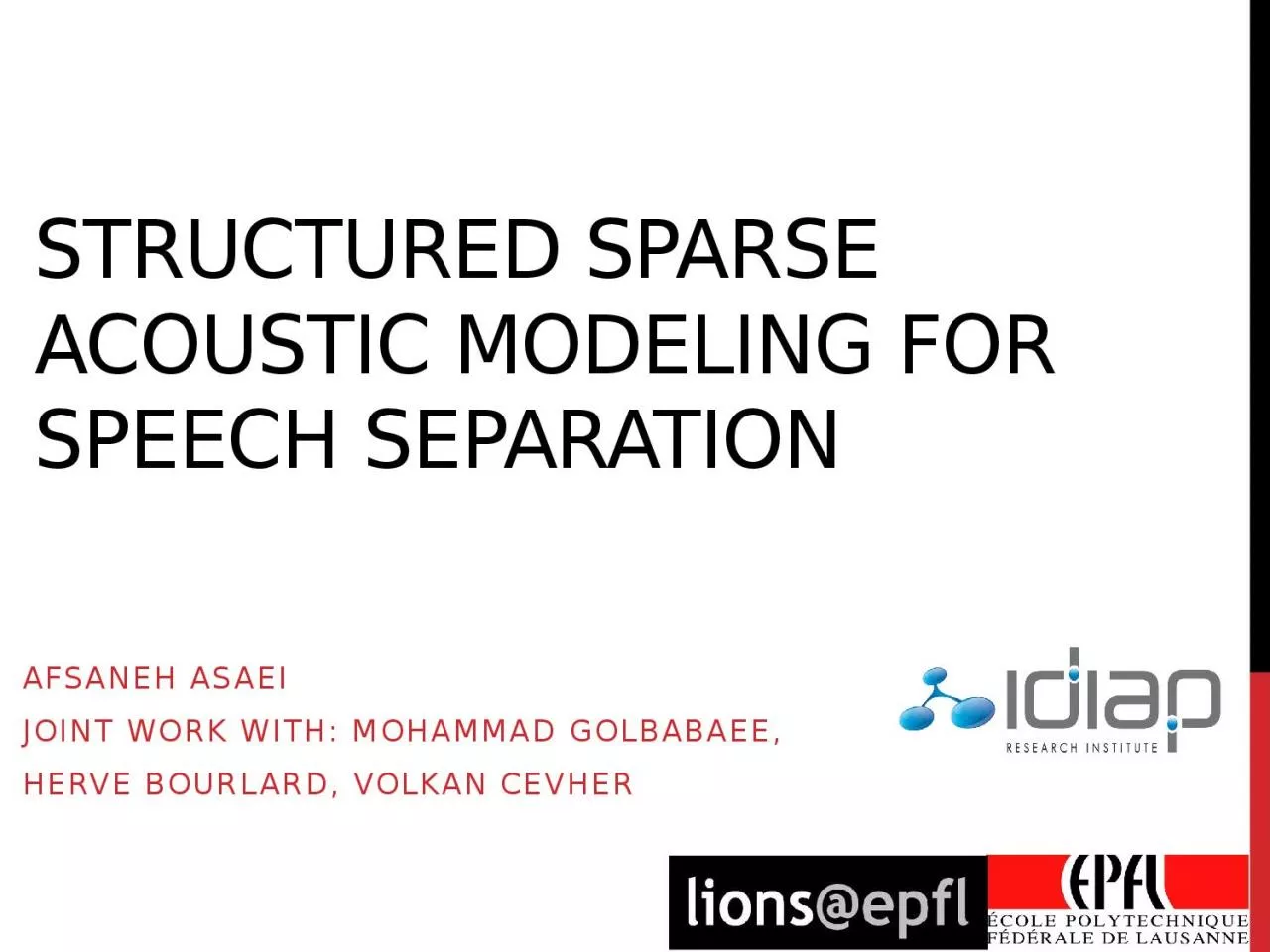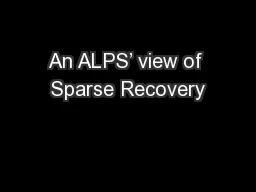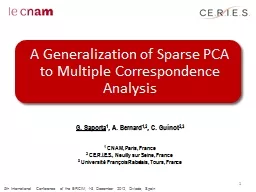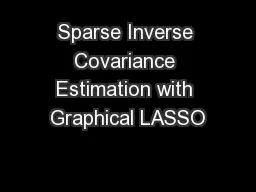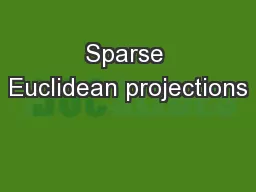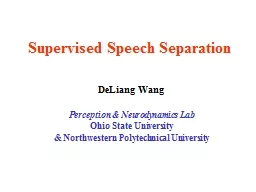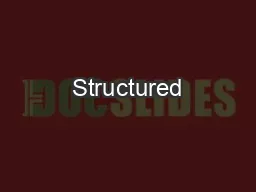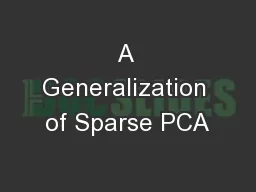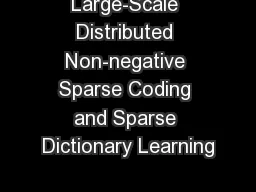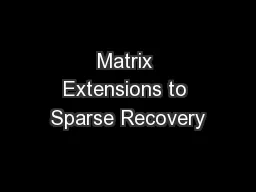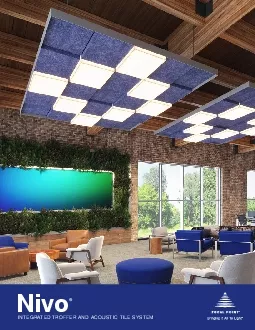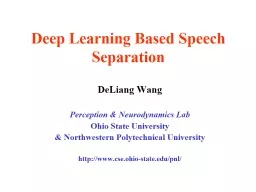PPT-Structured sparse acoustic modeling for speech separation
Author : maisie | Published Date : 2023-11-18
Afsaneh Asaei Joint work with Mohammad Golbabaee Herve Bourlard Volkan Cevher φ 21 φ 52 s 1 s 2 s 3 s 4 s 5 x 1 x 2 φ 11 φ 42 2 Speech Separation Problem
Presentation Embed Code
Download Presentation
Download Presentation The PPT/PDF document "Structured sparse acoustic modeling for..." is the property of its rightful owner. Permission is granted to download and print the materials on this website for personal, non-commercial use only, and to display it on your personal computer provided you do not modify the materials and that you retain all copyright notices contained in the materials. By downloading content from our website, you accept the terms of this agreement.
Structured sparse acoustic modeling for speech separation: Transcript
Download Rules Of Document
"Structured sparse acoustic modeling for speech separation"The content belongs to its owner. You may download and print it for personal use, without modification, and keep all copyright notices. By downloading, you agree to these terms.
Related Documents

